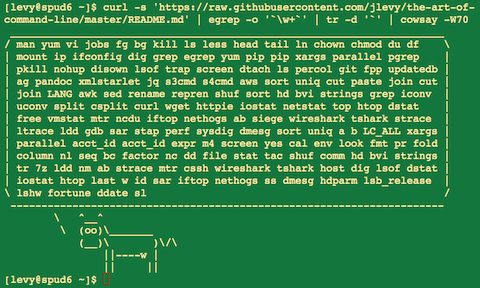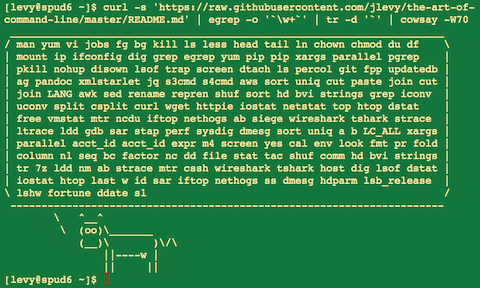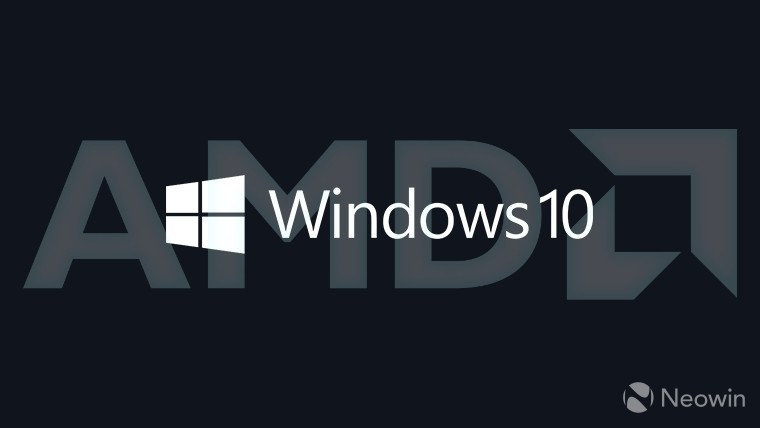- 18 Posts
- 6 Comments

 2·12 days ago
2·12 days agoYou can use bubblewrap (its CLI name is
bwrap) to make an arbitrary directory as$HOMEfor a specific program session. Basically, you can bind or set any environment variable you need for that particular program. I recommend checking out the arch wiki on this topic.For example:
bwrap --dev-bind / / --bind $HOME/your/dir/path $HOME <your_program>. This will let<your_program>have access to/and device permissions, with$HOME/your/dir/pathserving as its$HOME.

 17·21 days ago
17·21 days agoMy lazy ass decided to just go with the copied title generated by Lemmy when making the post. I edited the title, thanks for mentioning that!

 10·21 days ago
10·21 days agoArchive link: Publishers Sue Google over Pirate Sites

 6·21 days ago
6·21 days agoFixed.
Edit: The new link of the post works but I think providing an archive link would be more sufficient.

 63·24 days ago
63·24 days agoThis kind of self-fulfilling prophecy is what will drive down even more support for Linux. The thing we need to do right now is to let more people try out Linux so that corporations will see Linux as a potential target on the desktop and make products for Linux, not the opposite like what you are saying.



















I haven’t come across any information regarding the automatic aspect, and I don’t have any personal experience with
bubblejaileither. However,bubblejailis mentioned on the arch wiki. It might be the closest match in this case, so you could give it a try.